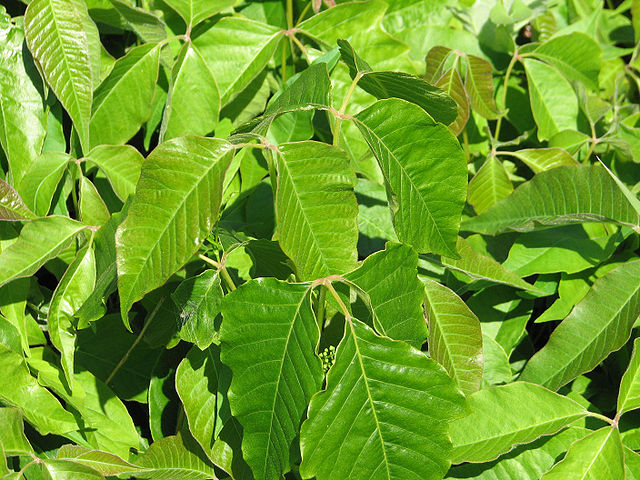How to recognize and treat poisonous plants

There are three primary poisonous plants in North America: poison ivy, poison sumac, and poison oak. The three of the plants produce an oily substance known as urushiol which is poisonous and irritating for the skin. The symptoms vary from itching and redness to disgusting blisters and even systemic infections. The reaction of the poison sometimes take weeks to manifest, but as soon as it starts, it can last for weeks.
When you have a delayed reaction it’s harder to determine what was the cause of it. If you are itching today, it’s because you’ve touched a poisonous plant a few days ago. As soon as you realize that you had a contact with one of the above mentioned plants, the better.
The best way to protect yourself from poisonous plants is to learn how to recognize them and avoid them. Stay away from trees that have almond shaped leaves growing in groups of three on a single stem, or white berries. This way you’ll be sure to avoid poison oak and poison ivy. This rule doesn’t apply to the most dangerous, the poison sumac though. The poison sumac has anywhere from 7 to 13 leaves on each stem.
Identify the main characteristics of the three plants

- Poison oak grows mostly in the western United States.
- Poison ivy is commonly found in the eastern United States.
- Poison sumac grows in swampy areas of the eastern United States.
Protection

A total blockage of urushiol oil is not that possible. Whenever hiking in the wilderness you need to be very careful not to touch one of these trees. It can be hard to identify them sometimes, so just stay away. Even if you see that the plant is dry with no leaves, be careful because the oil can be all over the vine and the branches. When walking in areas where you know these plants grow, wear long pants and long sleeves. The clothes may protect your skin at the moment, but the oil can stay on them. When you get home, don’t touch the outside of the “infected” clothes, and stop kids and pets of doing it. Touching exposed clothes can transfer the oil to your skin.
How to remove oils
If you suspect you got in contact with one of the three plants, you need to remove the oil from your skin as soon as possible. Even if you’re still not feeling anything, wash it away before it gets deep into your skin. Cold water and soap can be effective in removing the oil when used quickly. Some people carry a laundry soap bar in their emergency kit for this reason.

Exposed clothes need to be washed separately from another laundry. Also, a regular wash of your sleeping bag is highly recommendable. Some people get nasty blisters repeatedly without realizing that the oil got into their sleeping bag. Products for outdoor skin cleaning are something you’ll need to have around in the wilderness.
Treatment options

Unfortunately, removing the oil is the only thing you can do. Anything that happens afterward will be just a reaction to the poison and you can just wait till it goes away. Cold packs are helpful in relieving the pain, and also some pain killers if the pain is too strong. In case the reaction is severe, or you are allergic, seek a medical help immediately. Some things need a professional med care, and there is nothing you can do about it while still wandering around the forest.
If you have any comments then please drop us a message on our Outdoor Revival Facebook page
If you have a good story to tell or blog let us know about it on our FB page, we’re also happy for article or review submissions, we’d love to hear from you.
We live in a beautiful world, get out there and enjoy it. Outdoor Revival – Reconnecting us all with the Outdoors.
